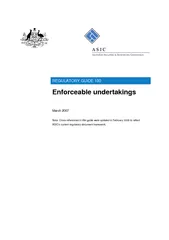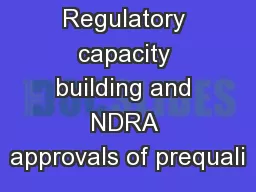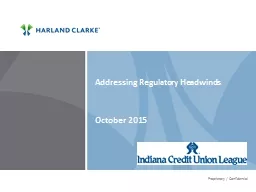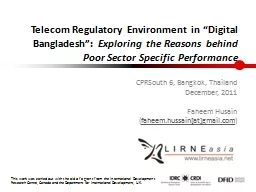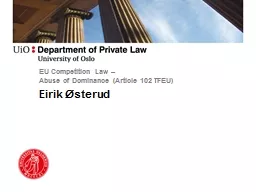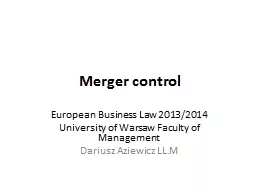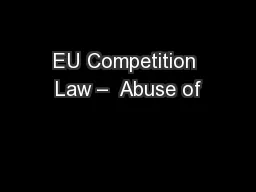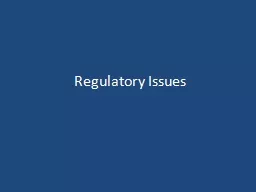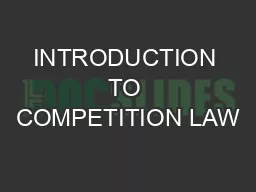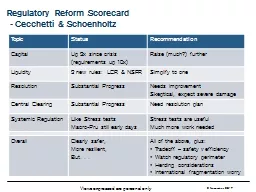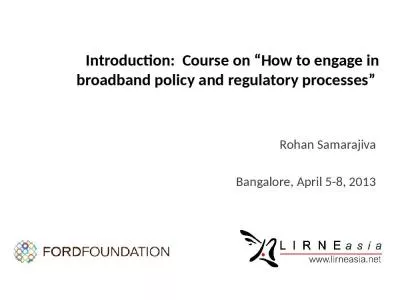PDF-REGULATORY GUIDE Enforceable undertakings March Note
Author : faustina-dinatale | Published Date : 2015-06-09
brPage 2br REGULATORY GUIDE 100 Enforceable undertakings Australian Securities and Investments Commission March 2007 Page What this guide is about 1 This guide explains
Presentation Embed Code
Download Presentation
Download Presentation The PPT/PDF document "REGULATORY GUIDE Enforceable undertakin..." is the property of its rightful owner. Permission is granted to download and print the materials on this website for personal, non-commercial use only, and to display it on your personal computer provided you do not modify the materials and that you retain all copyright notices contained in the materials. By downloading content from our website, you accept the terms of this agreement.
REGULATORY GUIDE Enforceable undertakings March Note: Transcript
Download Rules Of Document
"REGULATORY GUIDE Enforceable undertakings March Note"The content belongs to its owner. You may download and print it for personal use, without modification, and keep all copyright notices. By downloading, you agree to these terms.
Related Documents

